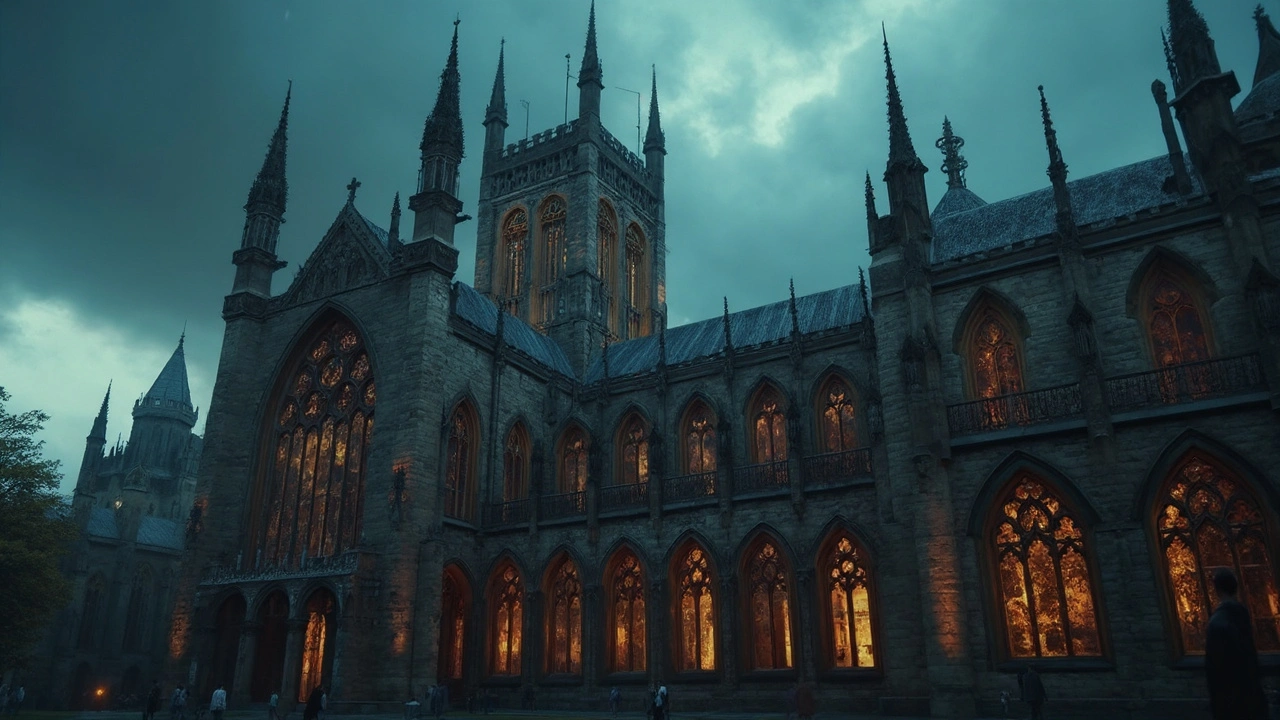Gothic architecture: key features, examples, and how to see them
Medieval builders turned stone into light and height, creating cathedrals that still stop you in your tracks. Gothic architecture grew in Europe from the 12th to the 16th century and focused on vertical lines, structure, and vivid glass.
Key features to spot
Pointed arches concentrate weight and let windows get taller. Ribbed vaults are skeletal stone ribs that divide ceilings and made vaults lighter and stronger. Flying buttresses move outward thrust away from walls so walls can be thin and full of glass. Rose windows and stained glass tell stories with color and control interior light like a theater. Sculpted portals, crockets, and pinnacles give facades dramatic detail and guide your eye skyward.
Early Gothic keeps forms simple, High Gothic reaches balance and height, Rayonnant focuses on light and glass, Flamboyant adds flame-like stone tracery. You can see these styles at Chartres, Notre-Dame de Paris, Amiens, Reims, Cologne, and Salisbury.
How to visit, study, and shoot Gothic sites
Go early or late to catch soft light through stained glass and avoid crowds. Bring a wide lens for interiors, a zoom for details, and a tripod if rules allow. Look at structure, not just decoration: follow ribs to see how vaults transfer loads, and notice where buttresses land. Read inscriptions and carved scenes; they reveal local saints, donors, and historical events that shaped each church.
Most Gothic churches used local stone, skilled masons, and generations of labor—construction could span decades or centuries. Master masons passed patterns from one site to another, so you often spot family styles across regions.
Conservation now balances public access with fragile stone, glass, and polychrome sculpture. Modern architects borrow Gothic ideas—structural clarity, expressive verticals, and integrating light as a material.
If you love details, try reading historical plans and watching how light changes the same chapel across the day. On Paul Artistry you can find deep reads about Gothic art, its link to the Renaissance, and practical guides to visiting great cathedrals.
At Chartres look for the preserved blue glass and the famous labyrinth on the floor. Notre-Dame’s portals once taught the Bible through carved scenes; notice how figures interact. Amiens shows human emotion in faces; medieval sculptors studied real people, not just symbols. Salisbury in England keeps a unified plan and a single spire that reads like a needle against the sky.
In the 1800s Gothic Revival reshaped churches, universities, and homes—compare revival details to medieval originals to see changes. Remember weathering, repairs, and 19th-century restorations altered many facades, so what you see may be layered history. If you study plans, trace a Latin cross layout, choir, transept, and ambulatory to understand movement during services. Museums often hold original carved figures and polychrome fragments removed for safety; seek these for color and detail.
Talk to guides and local historians; they know hidden features, donor marks, and restoration stories that books miss. Wear sturdy shoes, bring curiosity, and let quiet corners reveal tiny, brilliant details today.

